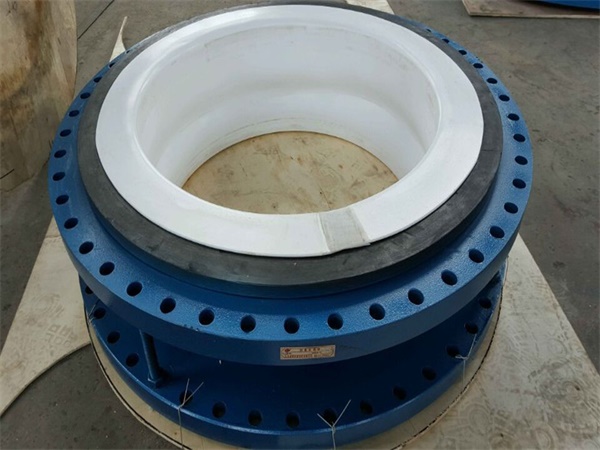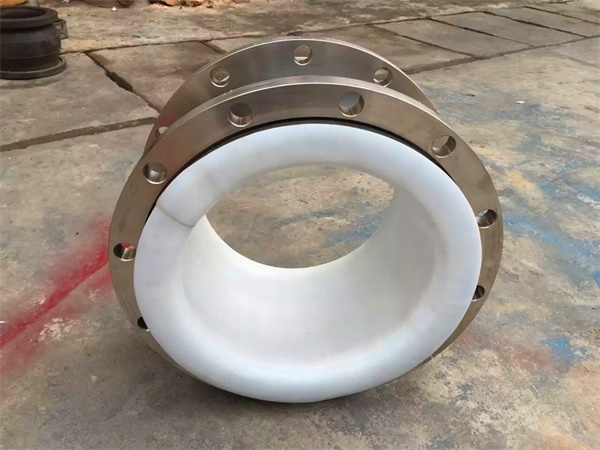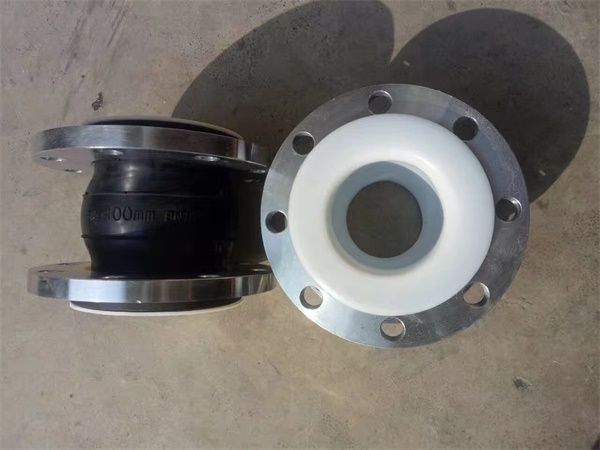- Product
- Rubber Expansion Joint
- Single sphere rubber expansion joint
- Double sphere rubber expansion joint
- Twin Sphere Union rubber expansion joint
- Full Face Rubber Expansion Joint
- Rubber expansion joint with tie rod
- Clamp Type Rubber Expansion Joint
- Concentric & Eccentric Reducer Rubber Expansion Joint
- Hand built type rubber expansion joint
- PTFE rubber expansion joint
- Metal Expansion Joint
- Metal braided hose
- Dismantling Joint
- Valve
- Rubber Expansion Joint
- Services
- Case
- About
- News
- Video
- Contact























